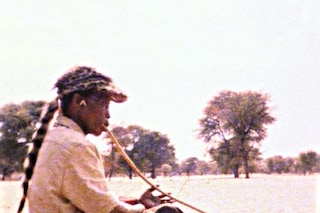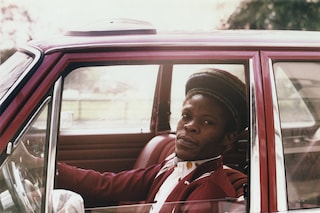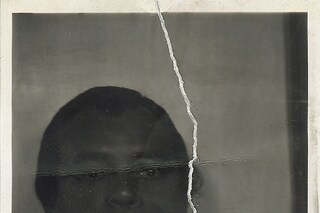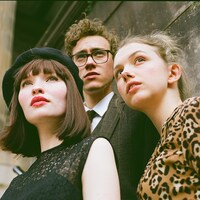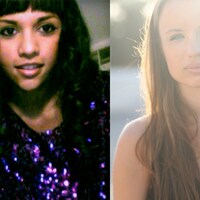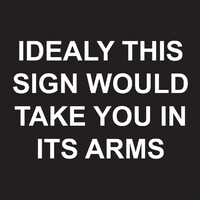Dick Jewell, master chronicler of drag queens and pop royalty, invites us into his film archive
Taken from the December issue of Dazed & Confused:
From documenting the most exciting musical subcultures around the world to tending to Beyoncé’s Super 8 needs and filming bloodied close-ups of Liam Gallagher’s fist, artist and tireless cultural documentarian Dick Jewell has spent his career capturing the great, the good and the larger-than-life. The modesty of his Pimlico studio, The Drying Room, hides a multitude of sins and sinners. Rows of dusty VHS tapes line the shelves, their placid exteriors concealing tales of acid-tongued drag queens, fashion-forward pop stars, A-list prima donnas, Kalahari Bushmen and Icelandic adventures.
“I’d spend my days lugging around an Olympus OM-1 Motor Drive, taking portraits of strangers at any opportunity”
A bespectacled and reservedly dressed 60-something who looks like a 50-something and puffs on a never-ending roll-up, Jewell is a true English eccentric in everything but outward appearance. His workplace is a treasure trove of visual gems; a majestic stuffed golden-crested crane looms overhead from a glass case and postcards lay scattered among glossy prints of pieces like “Waxo Jacko”, a photomontage depicting the many waxwork images of the King of Pop.
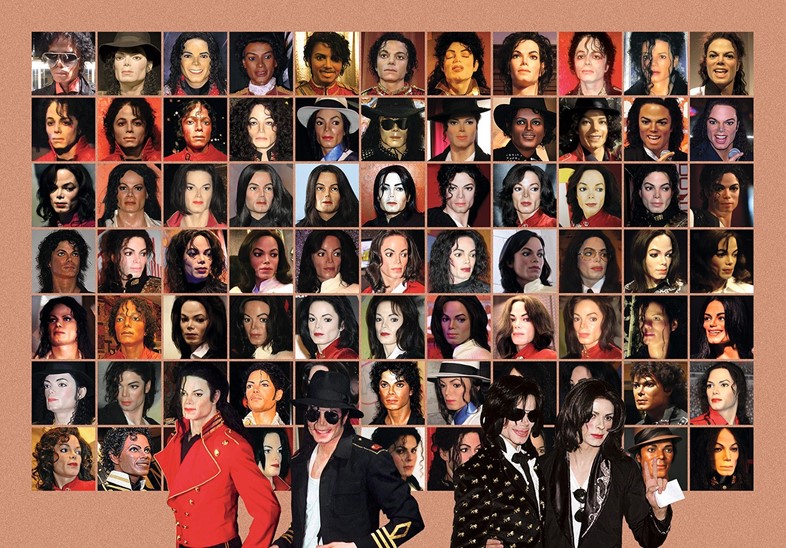
The presence of a huge, antiquated desktop Mac is testament to the staunch retroism embodied by his grainy, fabulous 2001 film Kinky Gerlinky, a kaleidoscopic 101-minute snapshot of the infamous early-90s West End clubnight frequented by the likes of Vivienne Westwood, Neneh Cherry and Leigh Bowery. Cut down from 200 hours of footage shot over 21 separate nights from 1990 to 1993, it’s a no-holds-barred trip down memory lane, cutting from, say, a fetish-clothed Amanda Lear yodelling through cut-glass disco bangers to Jean-Paul Gaultier and Vivienne Westwood deep in conversation with their judges’ hats on while Leigh Bowery gallops through the crowd. Dedicated to “those now partying in another life”, it’s a vital document that freeze-frames the catwalks, chaos and creations of the time in all their outlandish glory, in perpetuity. When Bowery – godfather to Jewell’s son with DJ/designer Rachel Auburn, Jack – “gave birth” to future wife Nicola Bateman at Kinky Gerlinky, naturally Jewell was on hand to capture the immaculate conception.
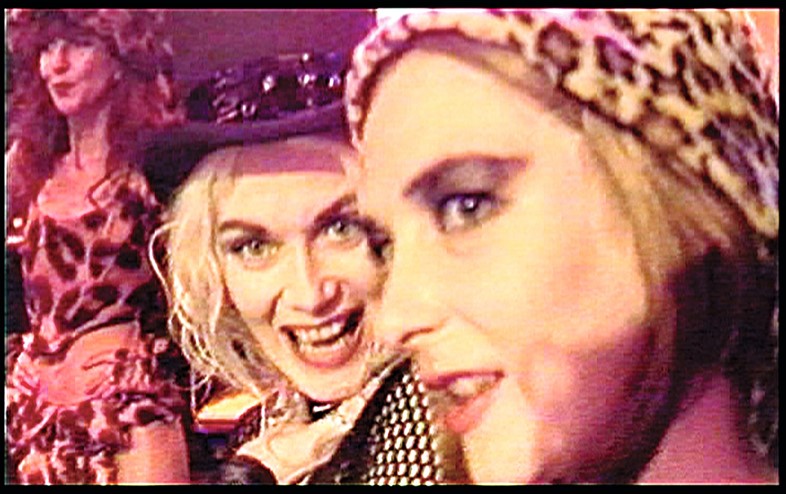
He grew up in Croydon, a restless, wide-eyed youth. “I’d spend my days lugging around an Olympus OM-1 Motor Drive,” he says, “taking portraits of strangers at any opportunity.” Fascinated by peoples’ attitudes to images of themselves, he put together his book Found Photos in 1978, the year he completed a printmaking MA at the Royal College of Art. It’s a mesmerising collection of discarded photobooth pictures that now fetches around £200 a copy. “Without the photographer’s eye they (the images) all become typical. This was obviously all pre-digital, so we were still being made aware of tribes meeting Europeans with Polaroids for the first time and getting freaked out because they thought they were having their souls stolen.” It’s hard to imagine in an age when we live and die by the selfie. “It was those kinds of attitudes that prompted that project. And yes, people still send me photobooth pictures they’ve found even today.”
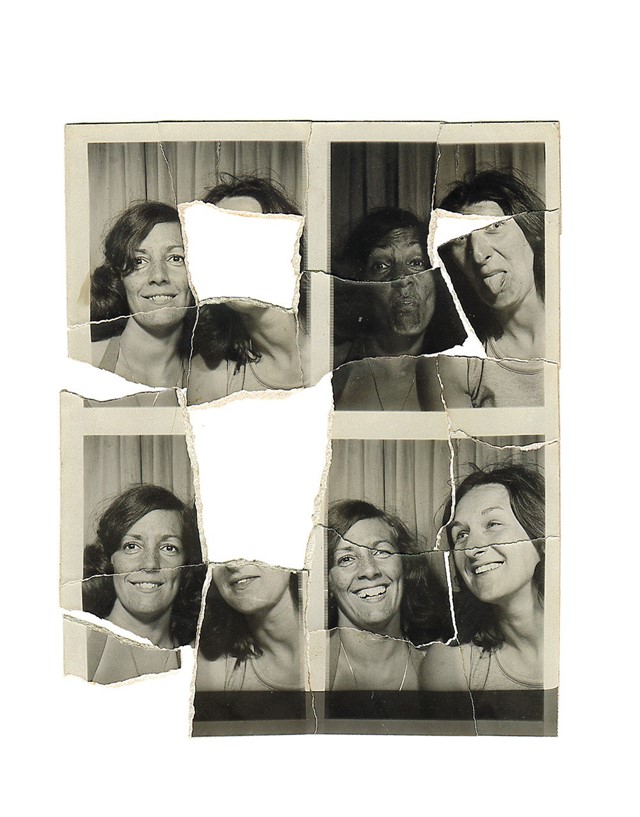
Obsessed with the desire to capture movement on camera, he began experimenting with Super 8. One of his first films, Revolver, was a stomach-churning collage of people spinning at different speeds. A later one, Magic Movement, focused on the correlation between dance and martial arts, an interest which developed through filming jazz dance at Camden’s Electric Ballroom. “I would film in Super 8 but that would totally kill the atmosphere of the club. So I used to bridge that by developing the films from the last time I was at the club and projecting ‘the film so far’ above the dancefloor before continuing to shoot.”
“That’s when I thought it was time to get out. I didn’t have any obligation and I already had enough money from what I’d earned”
Meanwhile, Jewell was developing his love of music, becoming an unlikely record-company boss after his album artwork of Peter Gabriel with a nail through his tongue was roundly rejected by Gabriel’s label, Charisma. In mitigation, Gabriel gave him his own reggae subsidiary, Pre, to run in 1980. Over the next two years Pre released a string of singles and two full-length albums by Gregory Isaacs, as well as two LPs by Spanish Town reggae singer Prince Far I. Jewell struck up a friendship with the genre’s leading percussionist, Leroy “Horsemouth” Wallace, and made a few trips to Jamaica during this time, but Pre soon came to an end when Gregory Isaacs wound up in court and Far I and his wife were brutally gunned down. “That’s when I thought it was time to get out. I didn’t have any obligation and I already had enough money from what I’d earned.”
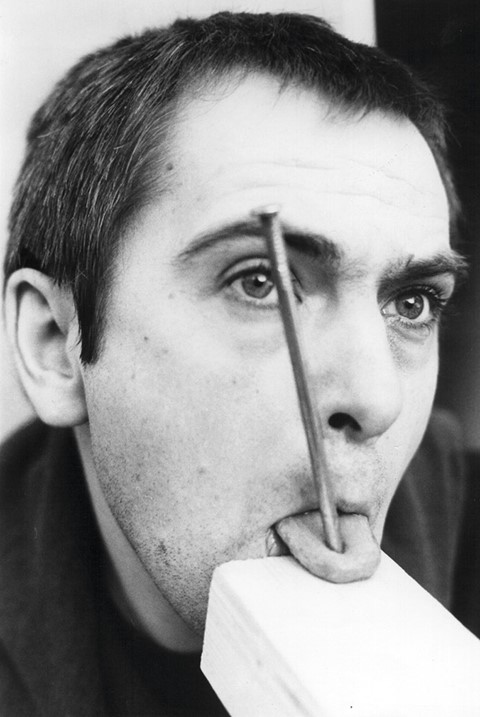
The money he had earned funded his experiments in film, and Jewell went on to take his projections to clubs like Trade and hip hop staple Delirium at the Astoria. “I’d normally have ten Super 8 projectors and show my movement films. Then on the 16mm, I’d project films that I’d bought, like ones about the Watts riots and Sugar Ray Leonard boxing competitions. You’d be the first one there and the last one out.”
“There was a liberation in those days, actual hard-ons being whacked into your lens by the Climax Boys. People freely having sex everywhere”
Having garnered a reputation as one of clubland’s leading documentarians, Jewell was invited by London style icon Gerlinde Costiff to work as the resident photographer at Kinky Gerlinky, which she started with husband Michael in 1989 at Legends in Old Burlington Street but eventually found a home at the Empire Ballroom in Leicester Square. “There was this massive part of our culture that was only being recorded by a few stills and verbal history,” says Jewell. “I liked the aspect of being able to document something which meant you were actually making another document in itself. I also loved how clubs always seem to run for a short amount of time – usually three years – before migrating into something else.” But there was a lot of trial and error at the beginning. “I didn’t have enough battery and the lights ran out,” he says of the first time he filmed at Kinky’s. “There was a liberation in those days,” he continues. “Actual hard-ons being whacked into your lens by the Climax Boys. People freely having sex everywhere. It was during the awful Thatcher recession and Gerlinde wanted somewhere to open where people could go out and look glamorous. Coronation Street actors and people like Boy George were mixing with normal revellers, but what was so great was that because it was so glamorous, all these personalities became anonymous. That was the beauty of Kinky’s – you could find absolutely everybody there.”
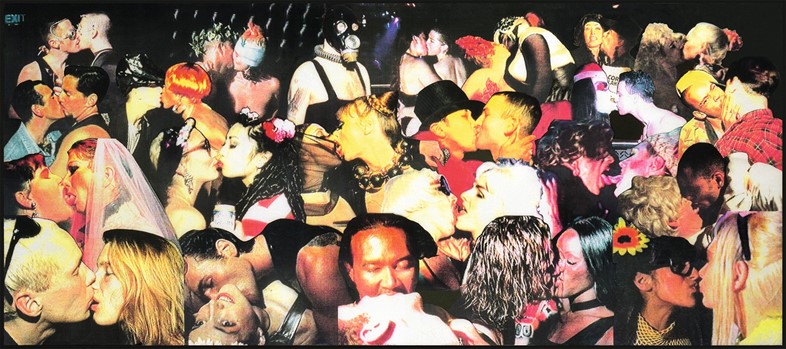
Jewell was more than just a passive observer. “I quickly realised that as soon as you put lights on in a club at that time it was like moths to a light, so you weren’t documenting the actual club, you were documenting something different: what people wanted to give to the camera.”
“I wish I’d thought of it then but we were all just getting trashed... The end of the night was as fabulous as the beginning”
“Dick was always filming,” recalls legendary fashion designer Pam Hogg, a Kinky’s regular. “It didn’t feel like documentation; everyone just loved playing up to the camera, having spent so much time on their outfits, so it was a device to perform to, just part of the night. Dick positioned himself well – it wasn’t like an intrusive film crew. The stairs were always a great place for making an entrance or a messy exit, or there was always a scene backstage worth shooting. It was a capsule in time. I wish I’d thought of it then but we were all just getting trashed... The end of the night was as fabulous as the beginning. All the drags limping up the stairs clutching their high heels and wigs, or the wigs askew along with the make-up that had slowly shifted during the madness of the night. Nobody gave a damn; it was all part of Kinky’s.”
“People started making references on camera to what other people said in the previous video, so there would be this dialogue between videos”
Each night would be recorded for posterity and sold on VHS. Jewell recalls flamboyant compère Winston rocking up to his house on Peabody Avenue one night at 11.30pm in a white Rolls-Royce, eager to pick up the next video. “People started making references on camera to what other people said in the previous video, so there would be this dialogue between videos and it became its own phenomenon in a sense. I wanted to be able to film all aspects – people coming down the stairs, backstage, in the toilets – so I got other people involved to help, but it was self-financing in that people bought the videos. I made 23 videos in total but after Gerlinde died (in 1994) we decided to bring them altogether in a celebration of the whole club. That was how Kinky Gerlinky came about.”
Meanwhile, Jewell the artist was working on many different projects, commercial and personal. He pulls a tape from the shelf at random. It’s The Rise of Neneh Cherry (1989), a video release that boasts six full-length Cherry performances – including the evergreen “Buffalo Stance” – along with selected backstage footage and interviews. “Me and Neneh used to go clubbing together back in the Wag days,” he explains, referring to a club that foreshadowed Kinky’s. “As I was known to be using film, when she decided to have a music career, she asked me to document it.”
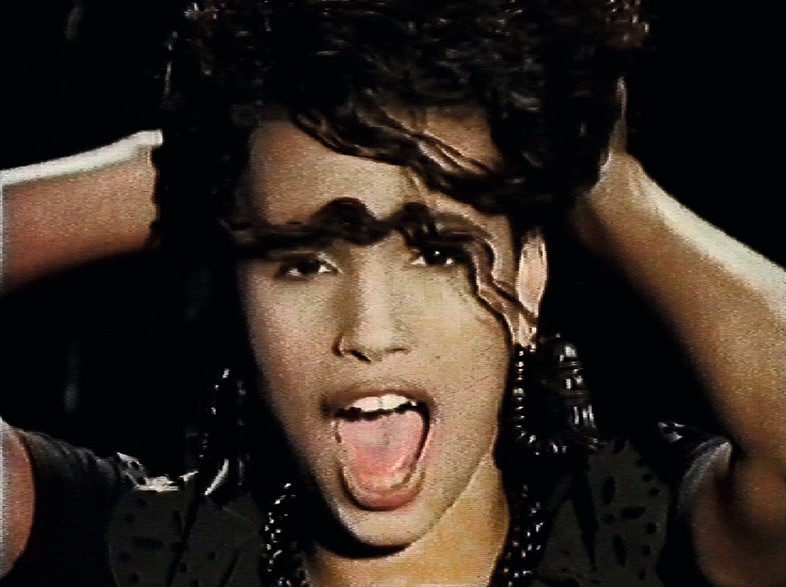
The arrival of the 90s brought a shift in Jewell’s working practices. After striking up a friendship with Robert Trunz of world music label Melt 2000 and acquiring one of the first digital video cameras – a Sony VX-1 – he developed a taste for travel. “Robert was taking Melt to South Africa to document jazz. I went out and within two weeks had to FedEx more stock from Europe.”
Jewell went on to document subjects as diverse as Kalahari Bushmen and capoeira practitioners in northeast Brazil. He pulls up a beautiful solitary film of a Bushman, !Ngube Gout, playing a thumb piano. “The woman in the background is his sister who lost her legs to polio,” he says. “She spent her days moving on her knees through the desert, but so gracefully. The Bushmen are the oldest people in the planet in terms of DNA; it’s incredible.”
“There’s 160 islands and only one with electricity. You’re just looking out at flying foxes going through pristine rainforest: amazing”
Jewell was invited to film Björk in Iceland in the early 90s, and just last year travelled to the Solomon Islands to film the Narasirato, panpipe musicians from the Are’are people on Malaita. “There’s 160 islands and only one with electricity. You’re just looking out at flying foxes going through pristine rainforest: amazing.”
It was while filming the Oasis/Black Crowes tour of 2001 that he had his camera lens punched by an angry Liam Gallagher; more recently, Jewell experienced the “consummate professionalism” of Beyoncé, who had asked Dick Carruthers to include Super 8 film in his document of her O2 show. “She’s flown in on to the stage, clocked me and decided to sing to the person next to me. I know she’s later going to be carried back to the main stage by her dancers; in doing so she clocks me again, falls off the stage backwards on to their outstretched arms and puts her head right into my lens. Unbelievable. She’s so on it. The most professional person, visually, that I’ve ever worked with.”
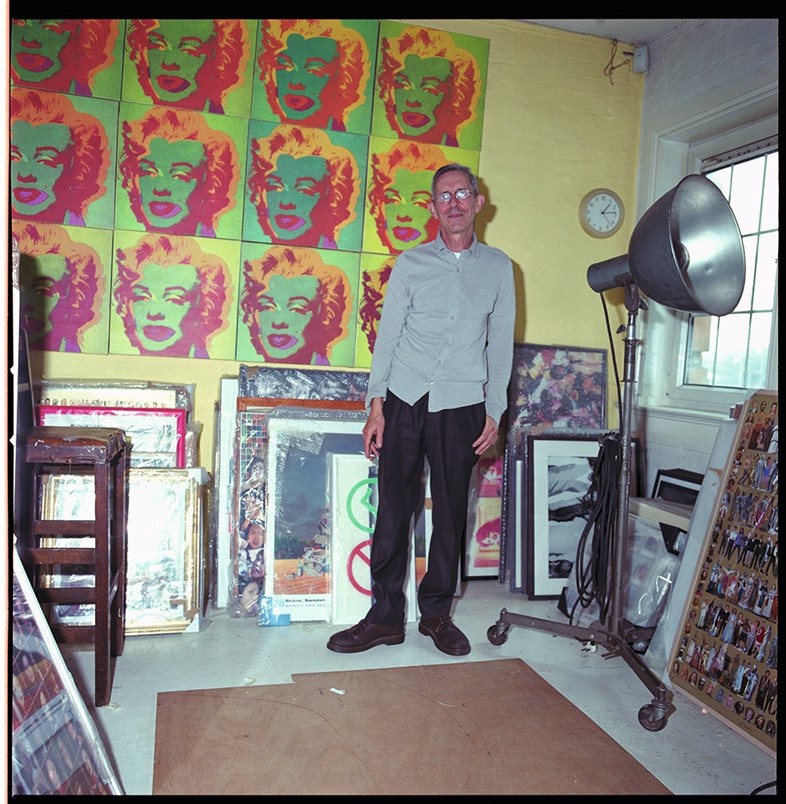
Although an analogue purist first and foremost, Jewell has begun to embrace the digital. He talks about a recent project rooted in online threads for which he has turned his attention to the internet’s endless pool of shared imagery. “I was interested in people using things like landscape photography for their Myspace and Facebook profile pics so about three years ago started Googling my name for images. I discovered that my surname linked to all these films on YouTube.” He shows me his filmic montage to his namesakes, soundtracked strictly by Jewells; it features such characters as Joseph and Mary Ann Jewell, who survived the 1866 shipwreck of the General Grant by eating and wearing seals.
Jewell is drawn to the selfie craze. “There’s this girl who always has exactly the same expression and maintains the same look, ramming her head into the people she’s with; it’s absolutely mesmerising,” he excitedly opines. “I’ll always be completely obsessed by the concept of portraiture. But shall I tell you the one thing I’m certainly never going to do? Start taking photos of my dinner and putting them on the internet.”
